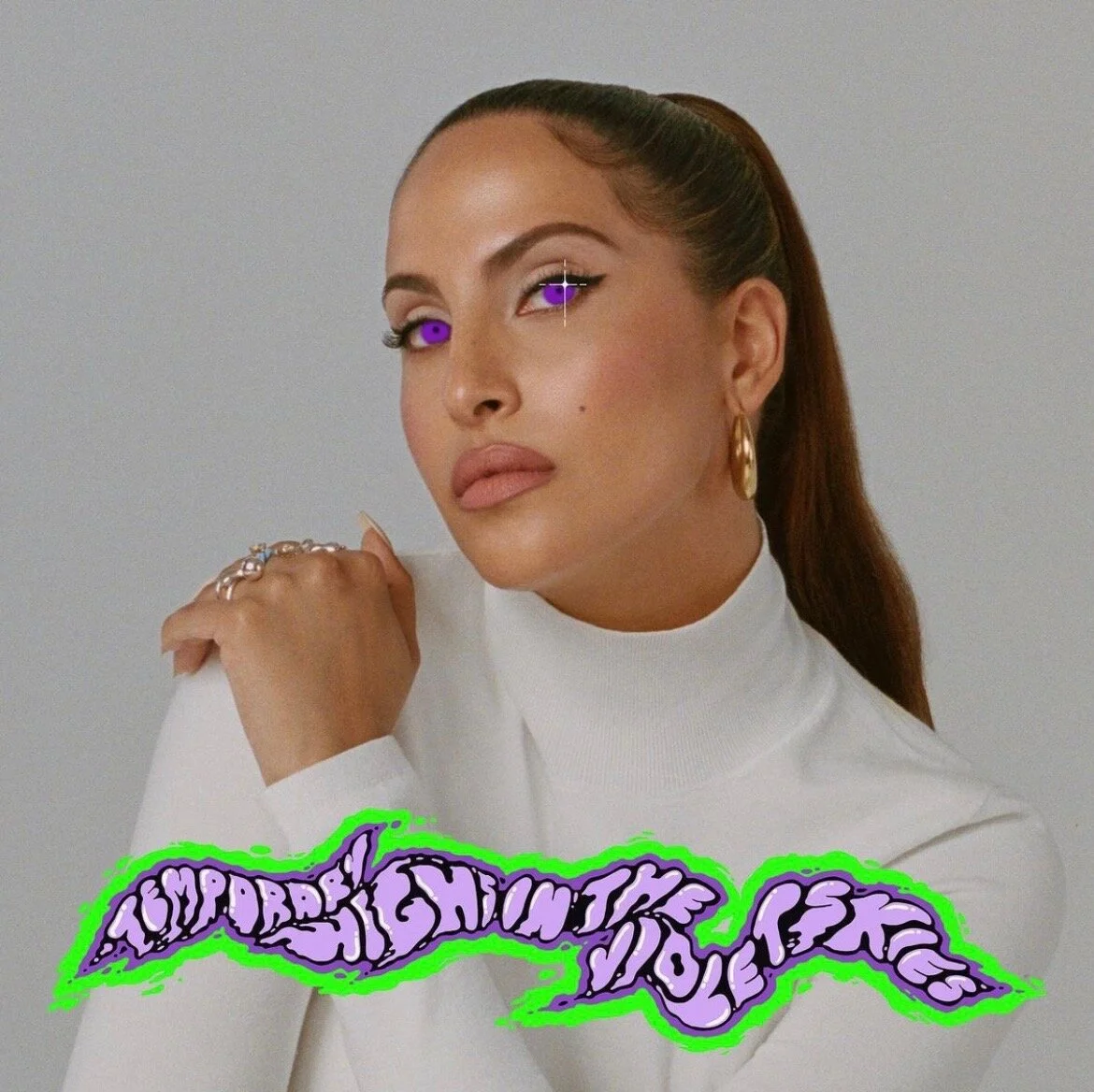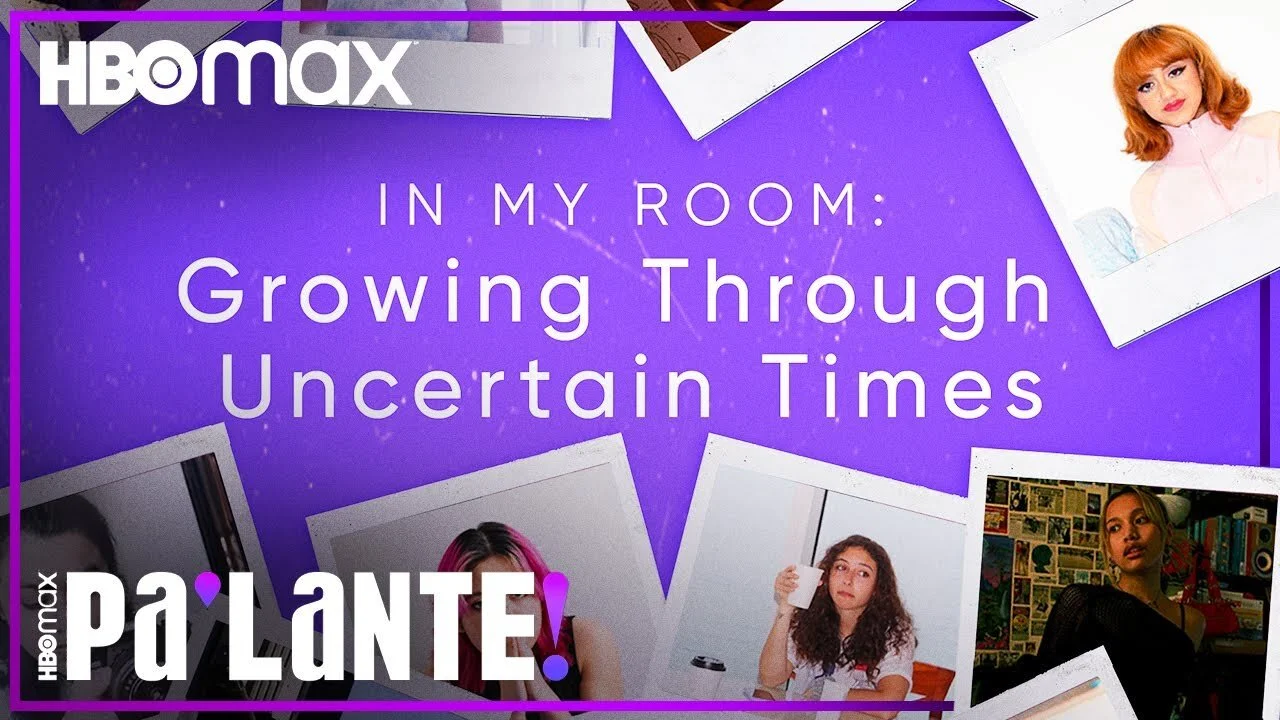What Demi Taught Us About Sobriety
Amy Winehouse. Michael Jackson. Whitney Houston. Mac Miller. On July 24th, 2018, Demi Lovato almost joined this list. They each were successful artists, and each were victims of addiction.
Addiction, officially classified in 1987 as a disease, has affected nearly 20 million Americans over the age of 12 in 2018 alone.
We’ve seen the after-school specials and PSAs plastered all over television and social media about the long-term dangers of hard drugs and alcohol; how they destroy not only your body, but mind and soul, as well as hurting those around you. Scientifically, there’s not much we don’t know about what drug use does to the body, but it still remains a mystery to those who don’t suffer from addiction how people end up battling for their lives and even sometimes choose to continue the vicious cycle of substance abuse.
We’re often only told the victims’ stories by survivors in the aftermath of their untimely deaths. We don’t get to hear from them about what they experienced. We can’t know what they felt in the last moments they were sober or what demons they were truly battling.
This is what makes Demi Lovato’s four-part documentary, Dancing with the Devil, that much more impactful. After years of being viewed as the prototype for successful recovery, the documentary is Demi’s transparent and brutally honest account of what sobriety really looks like — and how much she’s struggled trying to keep it.
Victims are a product of their environment.
While it has been said genetic factors play a huge role in people being predisposed to addiction disorders, it’s also known that environmental and developmental factors can greatly affect a person’s likelihood to use and abuse drugs. In Dancing with the Devil, Lovato shared that her father was an addict and alcoholic who battled schizophrenia and bipolar disorder, and her mother suffered from an eating disorder. For the first few years of her life Lovato’s home was a stressful and oftentimes abusive environment, forcing her mother to self-medicate with Xanax to cope. Her father ultimately passed away from an overdose, which later became Lovato’s biggest fear.
As she grew up, Lovato entered child pageants and developed an eating disorder as well. Her issues with food, combined with being sexually abused at a young age and the pressure of being a child star, drove her depression to a point where she needed drugs as a way to keep suicidal thoughts away.
People sometimes lie about sobriety.
Lovato first came out about her addiction in 2016 when she shared with Glamour magazine that she had achieved five years of sobriety. A documentary, Simply Complicated, was released right after, shedding more light on her previous addictions and her recovery from both bulimia and bipolar disorder. While she worked towards sobriety, Lovato wasn’t fully transparent about how the depth of her struggle. Consistent relapses were beginning to threaten her portrayal of sobriety.
After nearly six years of sobriety, one evening of weakness resulted in Lovato going on a drug shopping spree. She tried a mix of meth, oxycodone, weed, coke and molly. At that point, her family and friends believed Lovato was easing into moderated drinking when in reality, she was starting to smoke crack and heroin on a regular basis. While everyone around her knew she was good at hiding what was going on, no one had any idea of how serious her addiction had gotten.
When asked why she had turned to such hard drugs, Lovato shared that upon relapsing, she wanted a stronger high.
Staying clean is about more than just having the willpower to say no. Addiction is a chronic disease that rewires the brain to produce a dependency on a substance. It makes sense, then, that those suffering struggle to maintain sobriety and sometimes honesty.
The aftermath of surviving an overdose is traumatizing.
Demi overdosed from fentanyl and was found unconscious the morning after partying with friends and her regular dealer. Lovato was raped and suffered three strokes and a heart attack. She was 5-10 minutes away from being pronounced brain dead.
Lovato’s body struggled incredibly during the immediate recovery. It was so full of toxins that doctors put her through a dialysis process to clean her blood from the drugs in her system. Lovato is legally blind from the brain damage she sustained. Several of her organs had failed, and she got pneumonia from asphyxiating.
It took Lovato nearly a month to process that on top of almost dying, she had been sexually violated the same night.
Relapsing is part of recovery.
Lovato relapsed again after completing a 2-week rehabilitation treatment. When asked why she would touch heroin again after it had almost killed her, she shared that deep down, she hadn’t truly chosen sobriety for herself, and that she hadn’t gotten all of the help she needed at that point.
From her ongoing battle with addiction, Lovato had learned that this was never going to be a one-solution, one-time type of problem. She would need to be prepared to constantly work on sobriety. Most of all, she needed to want it for herself. The other times she sought treatment her family or her team were the driving force behind getting Lovato off drugs, and each time it ended in a relapse. The cycle needed to change, starting with her first.
It’s a rough reality for many trying to recover from substance abuse; according to the American Addiction Centers, 70-80% of people admitted into rehab drop out of their treatment by 3-6 months. Even more disturbing is that more than 85% of individuals relapse within a year of their treatment.
“The high that I wanted would kill me —— that’s what made me get clean,” she told producers after they asked her on camera if viewers could truly trust her word for trying to stay sober this time around.
Family and friends have to shift their expectations.
Close family members, friends and coworkers shared that while they had felt blindsided at times from Lovato’s behavior and relapses, they knew they couldn’t push her to get better unless she wanted it for herself. They shared that even with risky decisions like her choice to still use weed and alcohol in moderation, they had to trust her above all else.
It’s a surprising revelation coming from people who’ve seen Lovato at her worst. It’s a reminder that people suffering from addiction deserve support, love, and the space to recover in a way that’s fitting to them.
Dancing with the Devil is a story about the resilience, strength and bravery it takes to get in front of the world and admit you have a silent disease that has destroyed you countless times. The stigma around addiction — that it’s a self-inflicted “dirty” habit — is proof that we need to understand it can and does affect anyone, and that we should offer support, not judgement, to those struggling to overcome it.
If you or a loved one are struggling with an addiction, such as substance abuse, please call the Substance Abuse and Mental Health Services Administration (SAMHSA) 24-hour hotline, 1-800-662-HELP (4357), for treatment referral and information.











